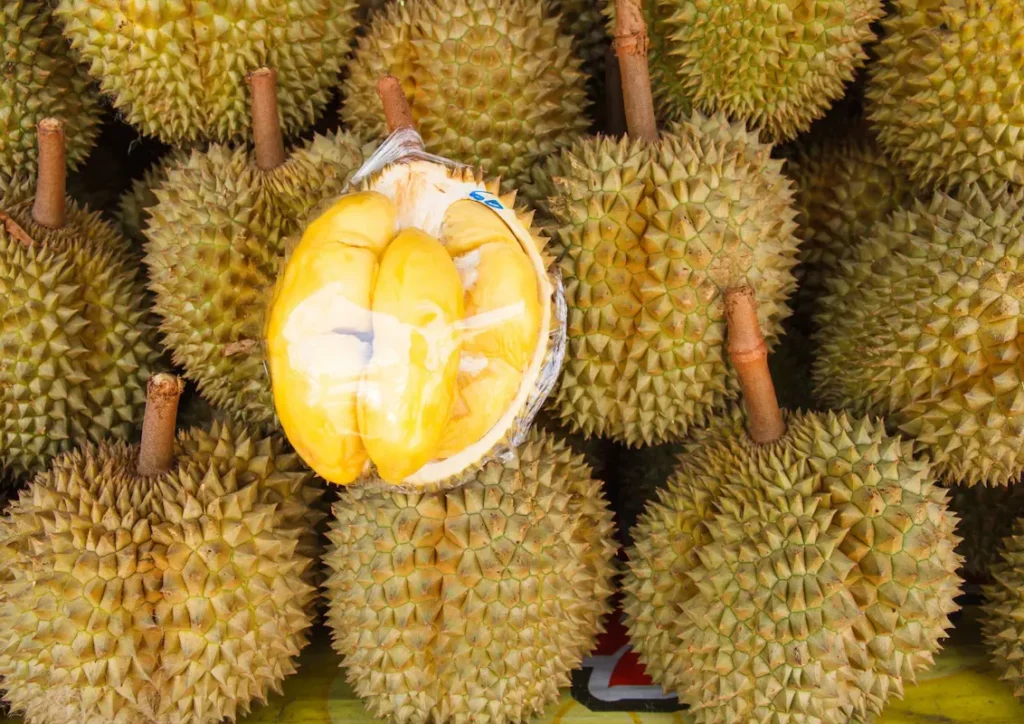Cambodia has officially begun exporting fresh durians to China, joining the ranks of Southeast Asian producers vying for a share of the world’s largest durian market. The move follows Beijing’s approval in late April for Cambodian shipments that comply with China’s food safety regulations, part of a broader agreement signed earlier in the month between Chinese President Xi Jinping and Cambodian officials.

The entry positions Cambodia against regional heavyweights Thailand, Vietnam, and Malaysia, which already enjoy established reputations in China for their premium durian varieties. Thailand alone accounted for 57% of China’s US$6.99 billion durian imports last year, with Vietnam supplying 38%. Malaysia and the Philippines, meanwhile, contributed a combined US$38.2 million, according to Chinese customs data.
While Cambodia’s durians are gaining regulatory access, industry analysts caution that the country still has work to do to win over Chinese consumers. Lim Chin Khee, an adviser to Malaysia’s Durian Academy, noted that Cambodia lacks the brand equity enjoyed by Thailand’s Monthong or Malaysia’s Musang King. “Cambodia is still building its reputation in the international market,” Lim said.
However, there is optimism. Some Chinese consumers are reportedly eager to sample Cambodia’s native Ah Khak durian variety. According to Rajiv Biswas, CEO of Asia-Pacific Economics in Singapore, rising numbers of ASEAN nations are meeting China’s phytosanitary standards, giving Chinese consumers a broader range of quality durian choices.
Cambodian durians are said to rival Malaysian counterparts in quality, supported by increasing foreign investment and technical assistance—particularly from China. The country’s durians are also reported to have a high market value due to labour-intensive cultivation and limited suitable farmland, according to research published on the travel platform Adventures Cambodia.
Durian consumption in China continues to surge, with individual fruits selling for up to 200 yuan (US$27.75). The fruit is often considered a premium delicacy and is even given as formal gifts.
Cambodia’s durian exports are also expected to support broader trade goals between the two countries. China’s move to greenlight the shipments strengthens ties with a close Southeast Asian partner, while further diversifying trade relationships in light of ongoing tensions with the United States. Since 2018, the trade war initiated under former US President Donald Trump has accelerated Beijing’s shift towards ASEAN, which became China’s largest trading partner in Q1 2025, accounting for 16.6% of total trade.
A joint statement issued on 18 April confirmed that Beijing and Phnom Penh plan to fast-track the negotiation and signing of quarantine protocols to facilitate additional agricultural exports from Cambodia to China. According to Carl Thayer, emeritus professor at the University of New South Wales, these developments offer a modest but meaningful way of addressing China’s US$12 billion trade surplus with Cambodia.
-South China Morning Post






